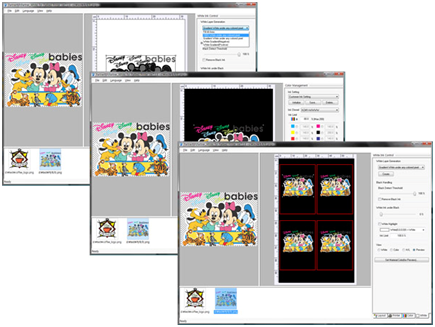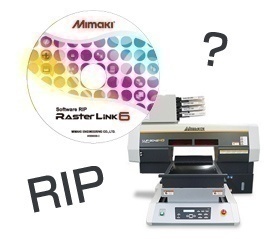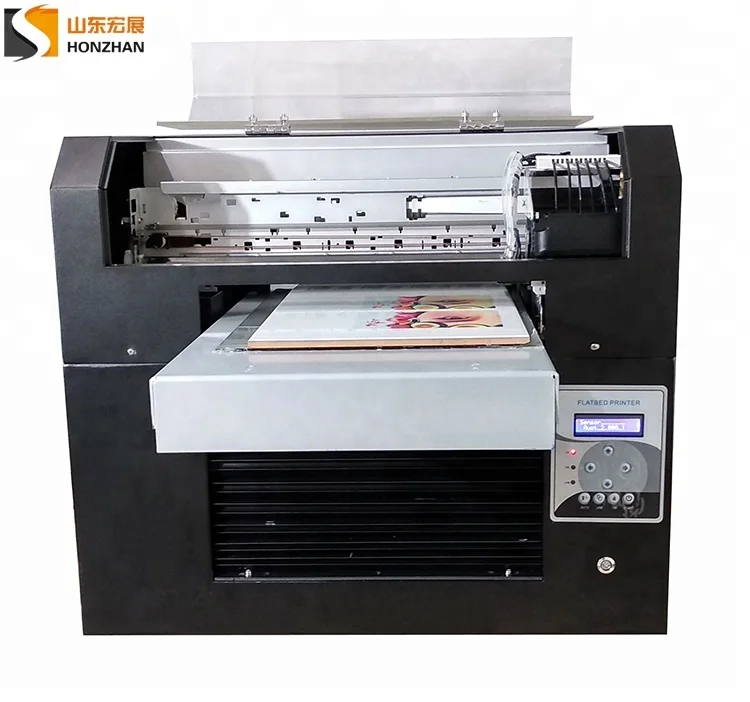

Ink cartridges or CISS plug in right on top of the printhead so there is easy access to the head and not much wasted ink to flush the printhead out when the printer needs to sit for days without use. P400 is at least 3 times faster than the L1800 / 1430 because it is a 8 channel DX5 printhead. L1800 (1430 w/ bulk ink) is used a lot because it's cheap and available outside of the USA. The most popular models are going to be the best to use unless you are fine with figuring things out on your own.

You need an Epson printer with 6-8 colors / ink channels so you can print CMYK + White inks, available refillable cartridges, and compatible RIP software.

The list of printers that are good for DTF is basically the same as for DIY DTG: So, we can call Heapify on the root to make the tree a heap again.I figured I'd make a post since this is one of the most popular questions right now. Now the root is equal to the last element of the heap, we delete the last element easily by reducing the size of the heap by 1.ĭoing this, we have disturbed the heap property of the root but we have not touched any of its children, so they are still heaps. Firstly, we store the value of the root in a variable to return it later from the function and then we just make the root equal to the last element of the heap. So, we have to return and delete the root of a heap. This is like the pop of a queue, we return the element as well as delete it from the heap. Returning an element from an array is a constant time taking process, so it is a $\Theta(1)$ process. So, we just need to return the element at the root of the heap. We know that the maximum (or minimum) element of a priority queue is at the root of the max-heap (or min-heap).
#Why use a printer rip full#
However, full code in C, Java and Python is given for both max-priority and min-priority queues at the last of this article.Īs stated earlier, we are going to use a heap for the priority queue. The Pseudo codes given below are for a max-priority queue. Let's learn to code these operations to make a priority queue. But we may also face a situation in which we need to change the key of an element, so Increase/Decrease key is used to do that. With these operations, we have fulfilled most of our demand of a priority queue i.e., to insert data into the queue and take data from the queue. The entire point of the priority queue is to get the data according to the key of the data and the Maximum/Minimum and Extract Maximum/Minimum does this for us. So, inserting a new data must go in a place according to the specified order. Increase/Decrease key → To increase or decrease key of any element in the queue.Ī priority queue stores its data in a specific order according to the keys of the elements. Extract Maximum/Minimum → To remove and return the maximum and the minimum element from the max-priority queue and min-priority queue respectively.Ĥ. Maximum/Minimum → To get the maximum and the minimum element from the max-priority queue and min-priority queue respectively.ģ.

Insert → To insert a new element in the queue.Ģ. There are mainly 4 operations we want from a priority queue:ġ. We use a max-heap for a max-priority queue and a min-heap for a min-priority queue. Heaps are great for implementing a priority queue because of the largest and smallest element at the root of the tree for a max-heap and a min-heap respectively. It is also used in scheduling processes for a computer, etc. Priority queues are used in many algorithms like Huffman Codes, Prim's algorithm, etc. Thus, a max-priority queue returns the element with maximum key first whereas, a min-priority queue returns the element with the smallest key first. Priority queue is a type of queue in which every element has a key associated to it and the queue returns the element according to these keys, unlike the traditional queue which works on first come first serve basis.


 0 kommentar(er)
0 kommentar(er)
